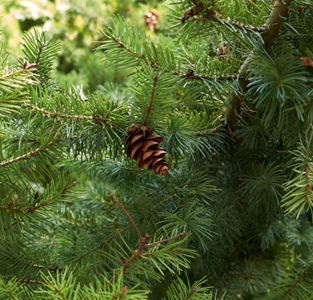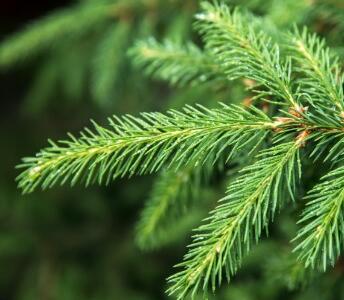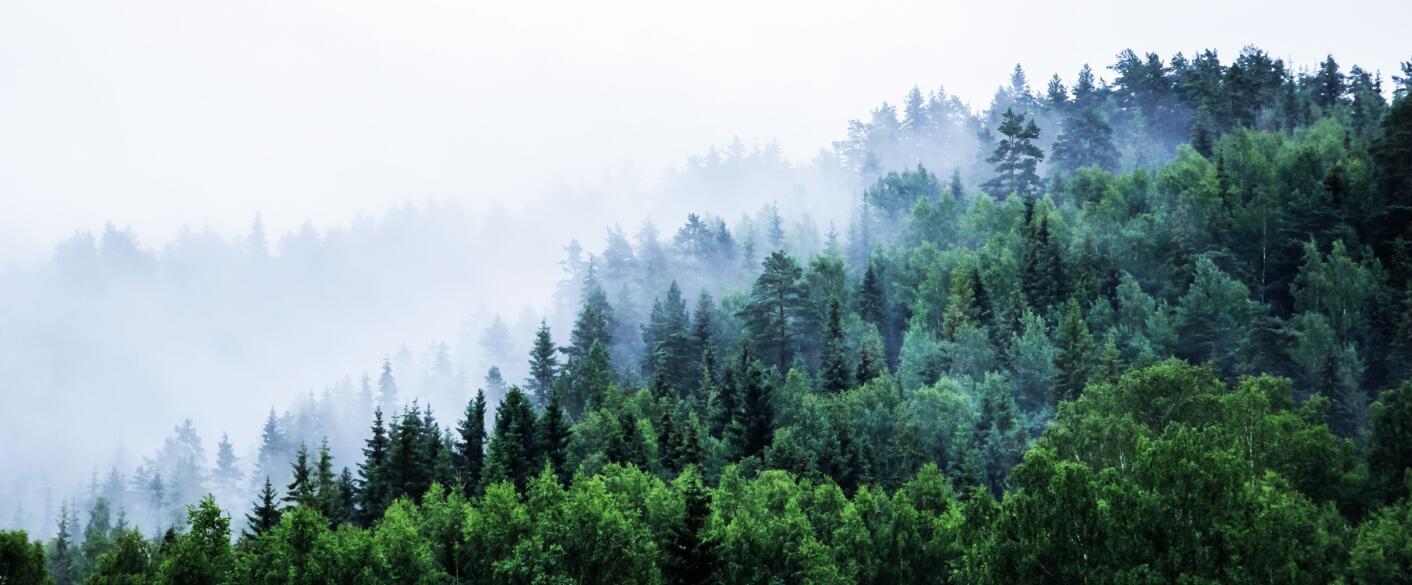Today, wood cladding is an essential part of the architectural landscape.
Wood is a living natural material. Natural unfinished wood cladding is subject to the elements and the passage of time, and will tend to turn grey.
To anticipate the natural greying of wood and give it optimum protection against the elements and UV rays, you should choose wood cladding with a finish.
Adopted by architects many years ago, wood cladding plays the chameleon role, adding a unique touch and atmosphere to facades. Whether you're looking for the rustic finish of a mountain chalet, or the contemporary design of a seaside villa, wood brings warmth and cosiness to your facades.
"Dress up a piece of wood and it will no longer be a piece of wood". This Spanish proverb perfectly sums up the power of wood. Depending on the finish you choose, wood cladding will add a unique signature to your project.
Whichever finish you choose, wood cladding will blend harmoniously into its surroundings.
Wood cladding: different types of finish
The different types of finish for wood cladding provide protection and a decorative touch to facades. The main finishes for wood cladding are: stains, paints and saturators. These different types of finish for wood cladding fall into two main categories:
Wood cladding: film-forming finishing products
Film-forming wood cladding finishes, such as woodstain or paint, are applied to the surface of the wood. Opaque or semi-opaque, the chosen finish will deposit a film on the surface that will cover the natural "feel" of the wood. To maintain the original appearance of the finish, stains and paints require regular maintenance.
Wood cladding: non-film-forming finishing products
Non-film-forming finishes for wood cladding, such as saturators or oils, penetrate deep into the wood without leaving a film on the surface, preserving the wood's appearance. This type of finish provides aesthetic, long-lasting protection for wood cladding, making it UV and weather resistant. These finishes are easy to maintain. Sivalbp's core business is wood cladding with saturator.
Eco-friendly finishes for wood cladding
Today, wood cladding is more than just an architectural trend - it's an essential ecological building material. Building with wood is part of a strong environmental and sustainable approach.
Choosing wood cladding for your façade is an environmentally-friendly choice. But not all wood cladding finishes are environmentally friendly.
At Sivalbp, protecting the environment is one of our core concerns, which is why all our finishes (saturators and paints) are guaranteed solvent-free and eco-responsible.
To keep your wood cladding facades looking as good as new, wood maintenance is essential. But what is the best protection? Saturator, woodstain, paint?
In our special report on wood cladding finishes, discover the different types of finish available and find out about the advantages of each and how they can be maintained over time:








